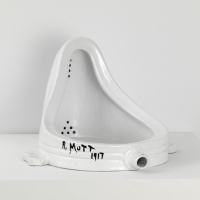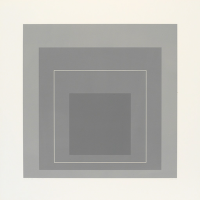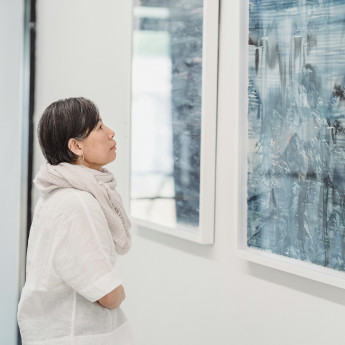
What is watercolor?
Watercolor refers to both the medium and the resulting artwork created using pigments suspended in a water-soluble vehicle. Watercolors are known for their luminous, transparent appearance because the pigments are applied in pure form with minimal fillers. By adding Chinese white, the watercolor can become opaque, resembling gouache.
Show All
- Show All
- Established
- Discoveries
Show All
ARTWORKS RELATED TO WATERCOLOR
Alighiero Boetti
Non parto non resto (Nove quadrati), 1979
Drawing / Watercolor
Watercolor
Inquire For Price
Donald Sultan
Lantern Flowers - Blue/Black background, 2017
Limited Edition Print
Watercolor
USD 4,350
Donald Sultan
Lantern Flowers - Yellow/Black background, 2017
Limited Edition Print
Watercolor
USD 3,750
Donald Sultan
Lantern Flowers - Red/Black background, 2017
Limited Edition Print
Watercolor
USD 4,350

Meaning School of Things, Mono-ha originated in Tokyo in the mid-1960s. Instead of creating traditional artwork, the artists of Mono-ha used different materials and their natural properties to express dismay at the industrialization taking place in Japan at the time. The movement gained international attention and is now a widely respected form of art, known for its emphasis on the relationship between materials and their environment.

Anti-Art refers to artwork that challenges traditional definitions of art. The term is often attributed to artist Marcel Duchamp, who pioneered the use of readymades—everyday objects presented as art. These works defied conventional expectations that art should adhere to traditional or high art standards.
















